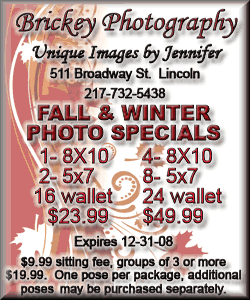| ||||||||
| ||||||||
"I can't remember as generous a statement about a winner of the opposite party than that of Bush on the historic significance of Obama's win," said Fred Greenstein, a professor of politics at Princeton University. While Bush and Obama met in the Oval Office, first lady Laura Bush was showing Michelle Obama around the first family's living quarters. Even before their meeting, the outgoing and incoming first ladies already had established the beginnings of a rapport. When Laura Bush defended Michelle Obama against campaign critics earlier this year, Michelle sent the first lady a note of thanks. She's praised the first lady for her "calm, rational approach." Bush, the son of a president, was no stranger to the White House when he met with President Clinton in the Oval office for two hours as the president-elect in 2000. At the outset, Bush seemed tense, sitting straight in a wing-backed armchair, his hands clasped in his lap as he rubbed his thumbs and tapped his foot. Twice he thanked the president for his hospitality and said, "He didn't need to do this." Not all meetings between once and future presidents have been a success -- or even come to pass. President Carter carefully prepared for his meeting with Ronald Reagan, according to Mondale, but "it all went over Reagan's head and Carter really was shaken by it." Franklin Roosevelt "did not respond to overtures from the discredited Hoover," according to Greenstein. "He wanted to make a fresh start." As a result, Greenstein said, "Hoover was very chilly to him on the ride to the inauguration." President Truman, who had the presidency thrust upon him without any transition period after Roosevelt's death, was eager to provide a smooth transition for his successor, Eisenhower. Truman arranged for troops to line both sides of Pennsylvania Avenue for Eisenhower's arrival. Truman wrote later, "When the general and his aides left, I was troubled. I had the feeling that, up to this meeting in the White House, General Eisenhower had not grasped the immense job ahead of him."
[Associated
Press;
Copyright 2008 The Associated Press. All rights reserved. This material may not be published, broadcast, rewritten or redistributed.
News | Sports | Business | Rural Review | Teaching & Learning | Home and Family | Tourism | Obituaries
Community |
Perspectives
|
Law & Courts |
Leisure Time
|
Spiritual Life |
Health & Fitness |
Teen Scene
Calendar
|
Letters to the Editor